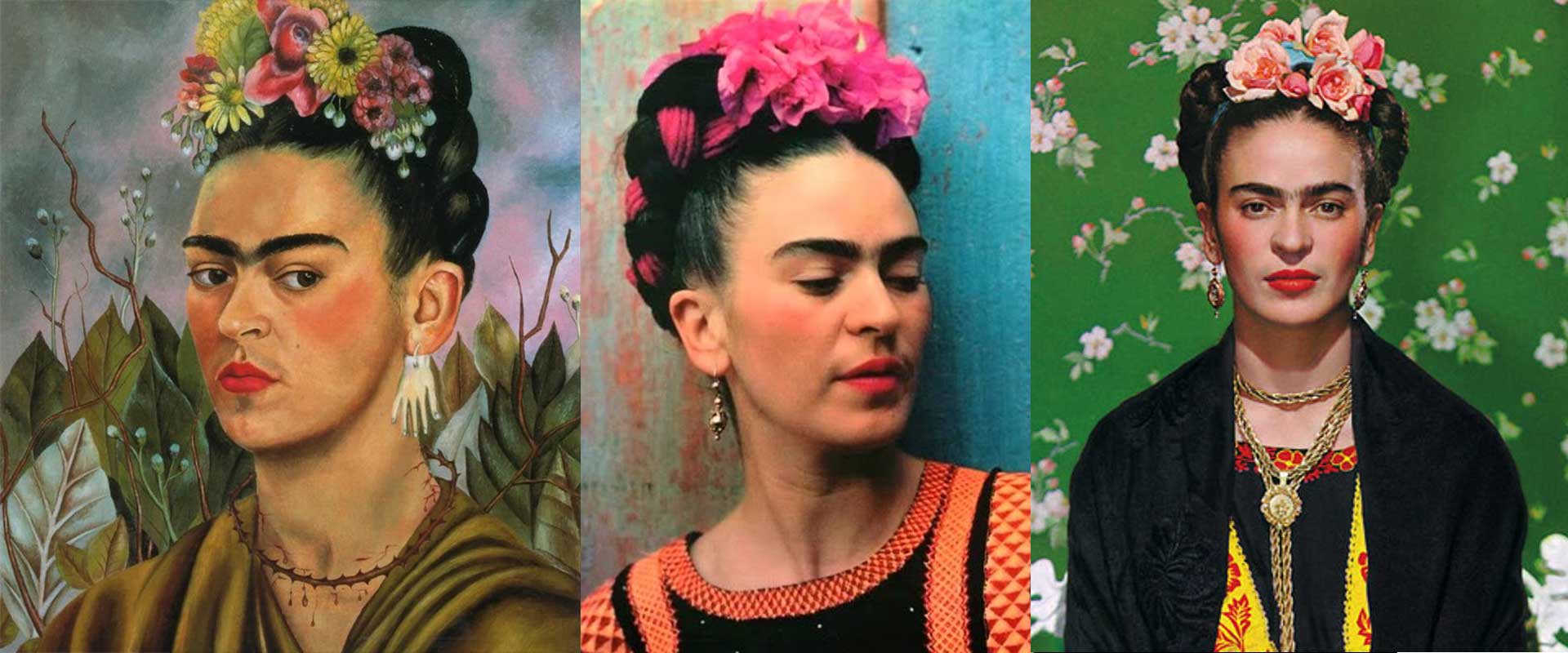Frida Kahlo’s art is inseparable from her pain. From the lingering effects of polio to the devastating injuries from her 1925 bus accident, she endured lifelong physical suffering, compounded by emotional challenges like miscarriages and turbulent relationships. Yet Kahlo did not conceal these experiences—she transformed them into visual narratives filled with symbolism, cultural identity, and emotional truth. Her work is a testament to how art can serve as both therapy and a form of defiance. Studying her techniques offers a deeper understanding of how she bridged autobiography with universal themes, inspiring audiences from museum halls to curated collections like the Frida Kahlo Wall Art Prints.
Pain as the Foundation of Her Artistic Vision
Kahlo herself said she painted her own reality, and that reality was shaped by persistent pain. Her health problems restricted her physically, often confining her to bed for long periods, but they also became a constant source of imagery. Instead of escaping her suffering through fantasy, she faced it directly on the canvas. Each work became a confession and a confrontation, using her body and life events as central subjects.
Key Techniques Kahlo Used to Depict Pain
| Technique | Description | Example Painting |
|---|---|---|
| Symbolic Anatomy | Transforming her body into metaphorical forms to show internal struggle | The Broken Column (1944) |
| Surreal Juxtaposition | Merging realistic detail with impossible scenarios | Henry Ford Hospital (1932) |
| Cultural Symbolism | Infusing Mexican folk art and indigenous motifs to frame personal suffering | Self-Portrait with Thorn Necklace and Hummingbird (1940) |
| Emotional Color Palette | Using bold contrasts to evoke emotional intensity | The Two Fridas (1939) |
| Autobiographical Composition | Making herself the central figure to control her narrative | Self-Portrait with Cropped Hair (1940) |
Symbolic Anatomy
Kahlo’s injuries became a recurring subject, and she often reimagined her body in symbolic ways. In The Broken Column, she splits her torso open to reveal a cracked Ionic column as her spine, nails piercing her skin to represent chronic pain. This physical metaphor transforms her private suffering into a universal image of endurance and vulnerability.
Surreal Juxtaposition
Her work often combined realistic medical details with dreamlike settings. In Henry Ford Hospital, Kahlo lies on a bed in a barren landscape, connected by red ribbons to symbolic objects—a fetus, a snail, a pelvis, a mechanical device. This surreal composition visualizes both her physical trauma and her emotional devastation after a miscarriage, allowing her to narrate a deeply personal experience in a universally resonant way.
Cultural Symbolism
Kahlo embedded her suffering within a rich tapestry of Mexican culture. She drew from religious iconography, indigenous art, and folk traditions. In Self-Portrait with Thorn Necklace and Hummingbird, thorns draw blood from her neck, evoking martyr imagery, while animals and plants add layers of symbolic meaning rooted in her heritage. These elements made her pain not just personal but also culturally significant, a theme explored further in Frida Kahlo’s Impact on Contemporary Art and Pop Culture.
Emotional Color Palette
Color was one of Kahlo’s most expressive tools. She often used sharp contrasts—bright reds against deep greens, earthy browns with pale blues—to create tension and mood. In The Two Fridas, the stormy sky and blood imagery heighten the psychological impact, contrasting vulnerability with resilience.
Autobiographical Composition
Kahlo’s paintings often centered on self-portraiture. This allowed her to reclaim agency over her image and story, especially in a life where so much was beyond her control. By placing herself at the center, she made her art an act of self-definition and a challenge to societal expectations.
Pain as Both Personal and Political
Her work transcended personal biography to touch on political and feminist themes. Kahlo’s depictions of her own suffering critiqued the romanticized image of women in art, replacing it with a raw and unfiltered truth. Her use of indigenous symbols and critiques of colonialism also linked her personal pain to national identity and cultural pride.
Why Her Depiction of Pain Still Resonates
Kahlo’s art continues to speak to people because it portrays suffering without stripping away beauty or dignity. Viewers find in her paintings a mirror for their own experiences with hardship, making her work timeless. Her ability to transform vulnerability into strength has cemented her as both an artistic and cultural icon.
Influence on Contemporary Artists
Modern artists often cite Kahlo’s work as a foundation for merging personal narratives with bold, symbolic imagery. Her integration of cultural identity with autobiographical storytelling remains a powerful model for creative expression across mediums.
Collecting and Studying Kahlo’s Work
For students, her techniques provide a rich study of how form, color, and symbolism can convey emotional truth. For collectors, understanding these elements adds depth to viewing and acquiring pieces in collections like Artists, where context enhances appreciation and value.
Conclusion
Frida Kahlo painted her pain with an honesty and inventiveness that redefined self-portraiture and symbolic art. Through techniques such as symbolic anatomy, surreal juxtaposition, cultural symbolism, and carefully chosen color palettes, she transformed her physical and emotional suffering into a lasting artistic legacy. Her paintings remind us that art can be both a personal refuge and a universal language, capable of conveying the depths of human experience with beauty, courage, and truth.





